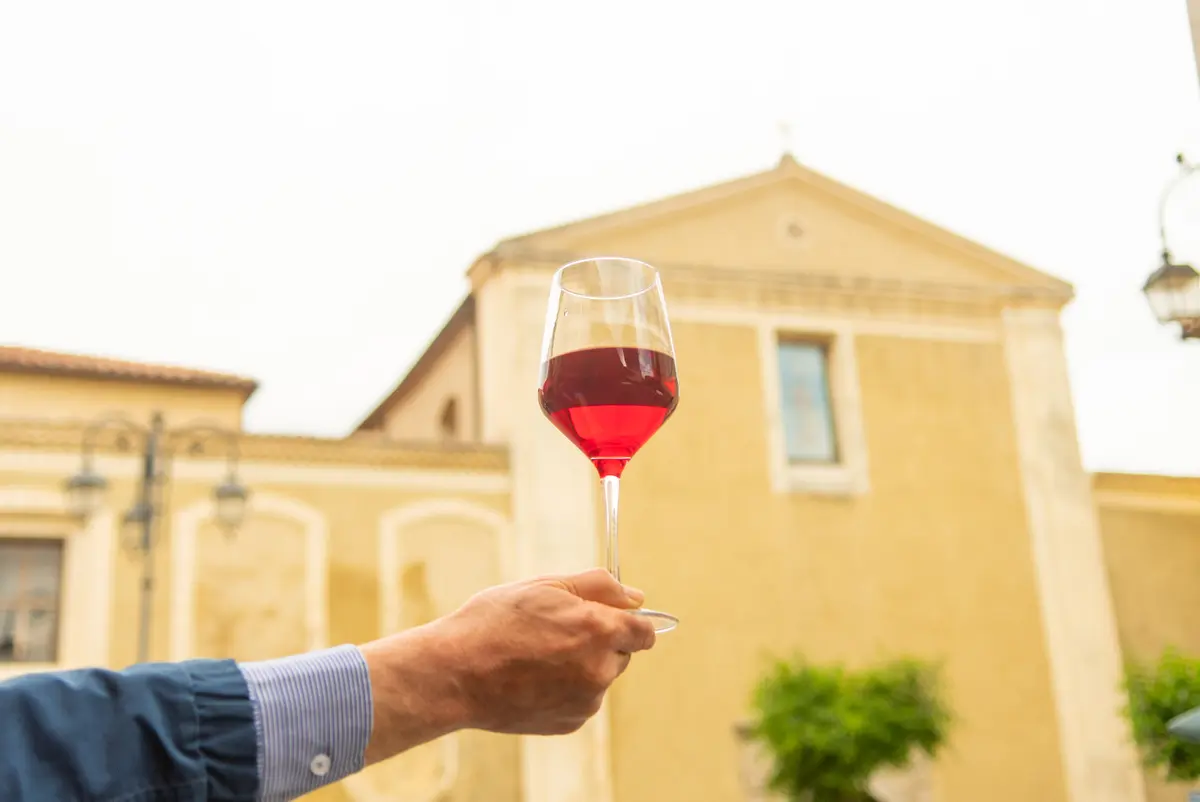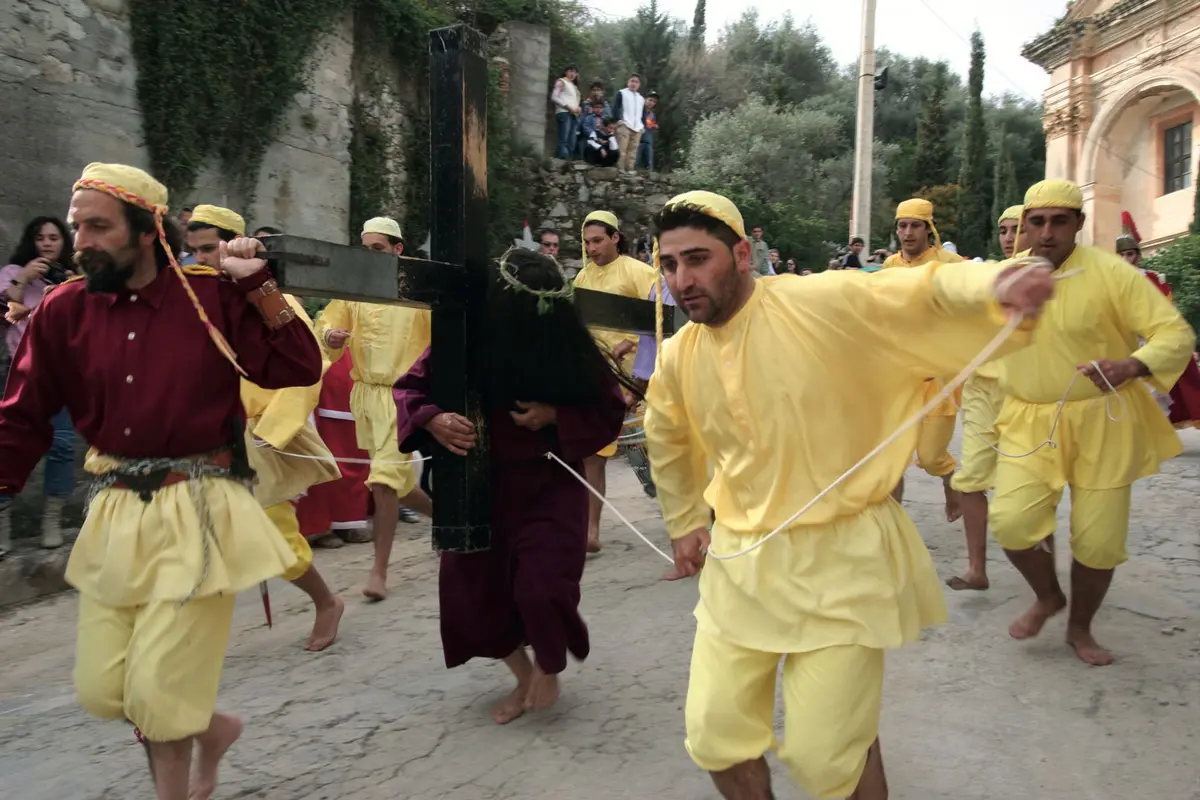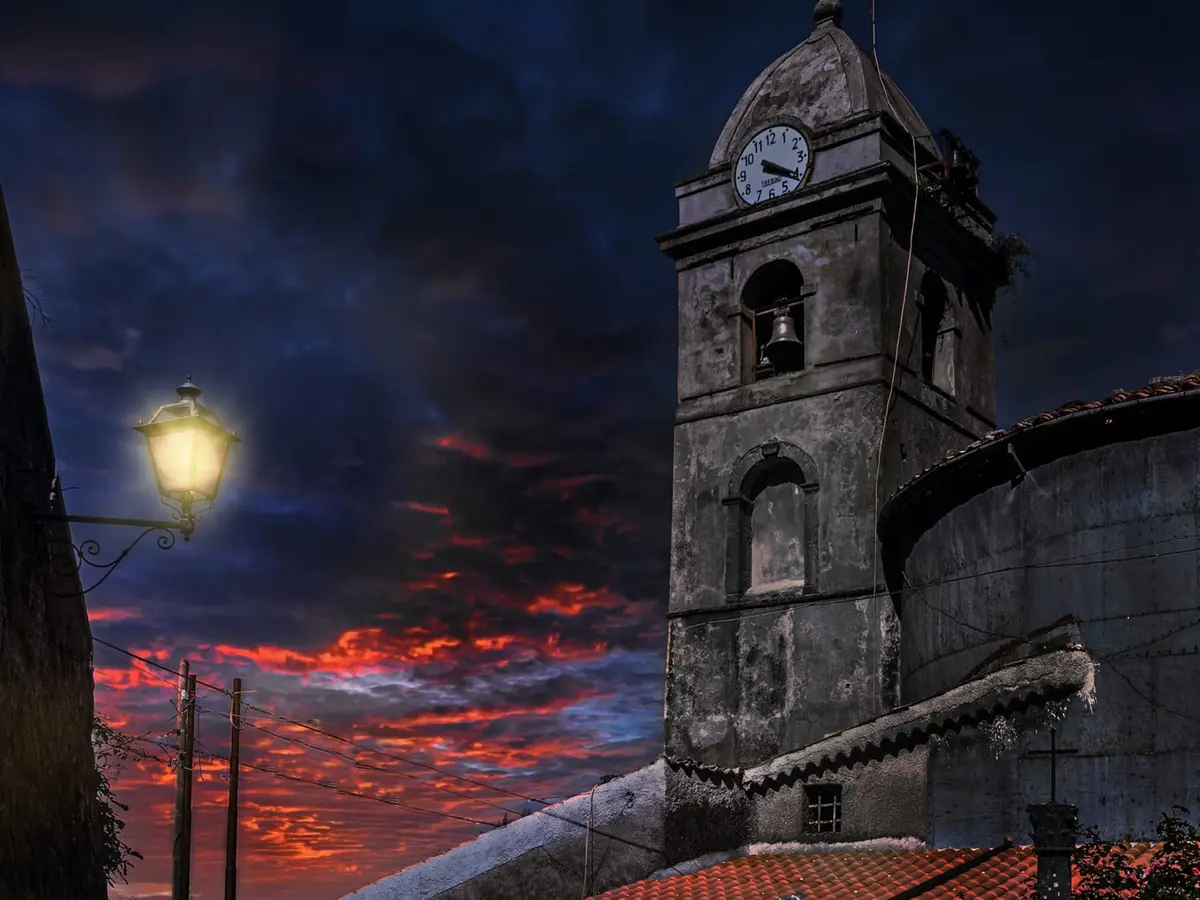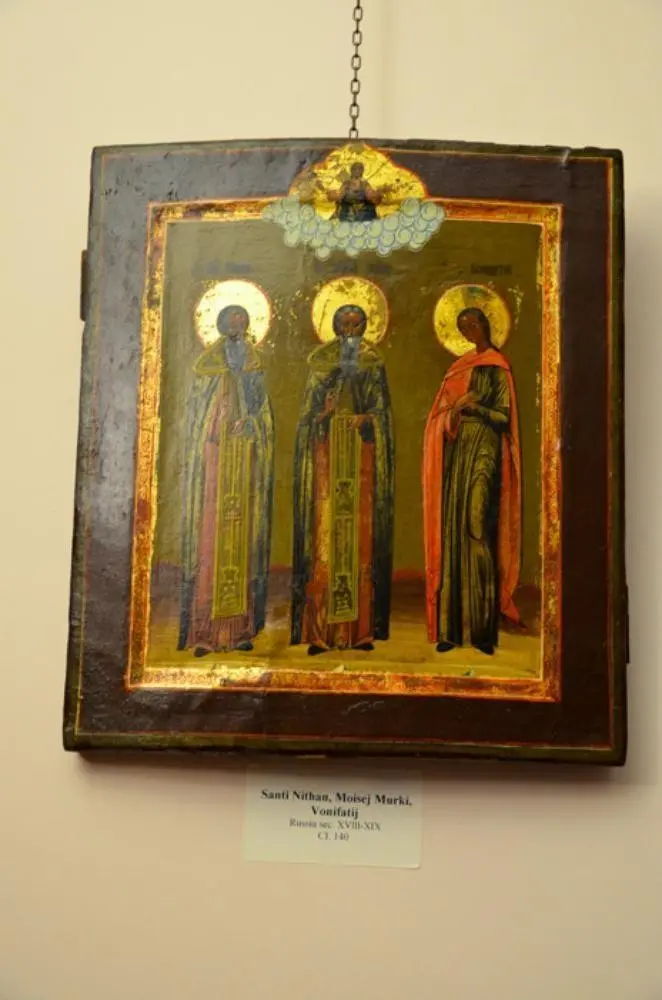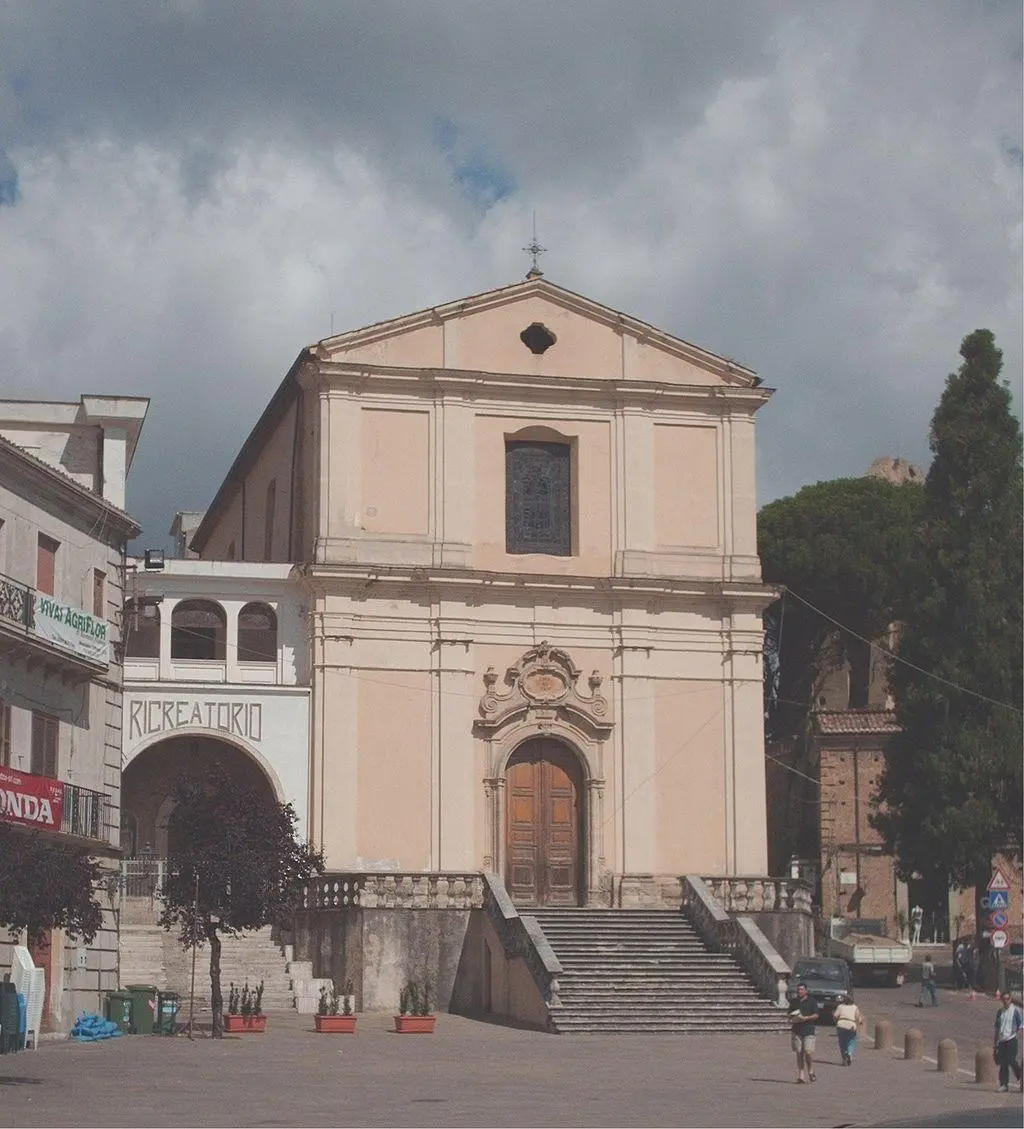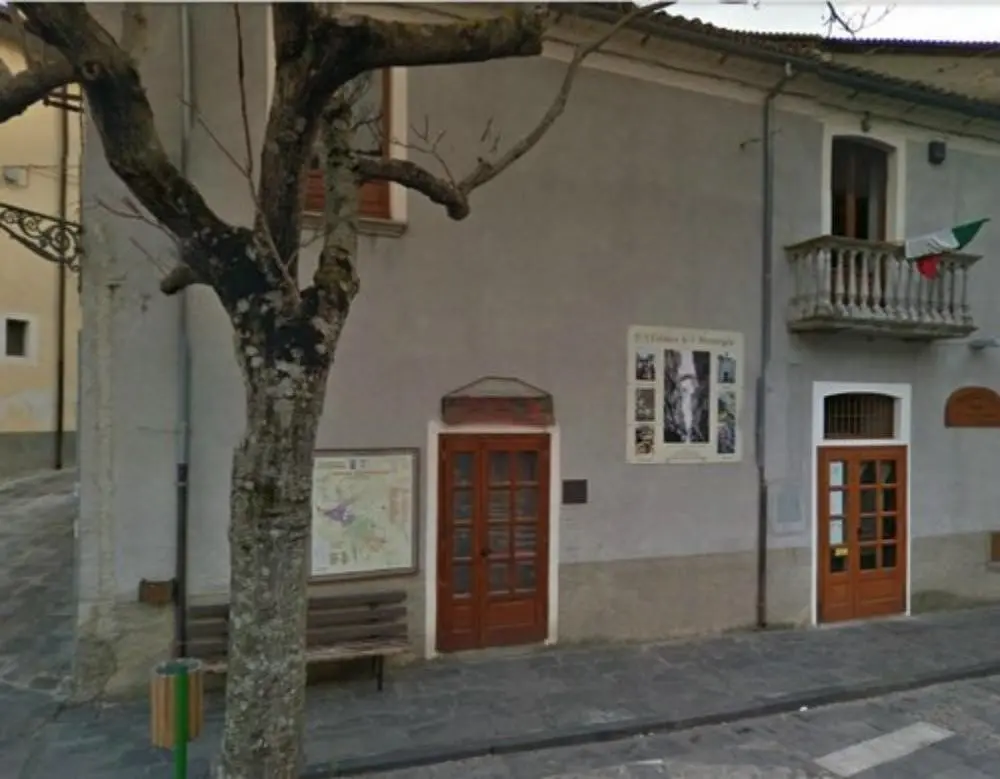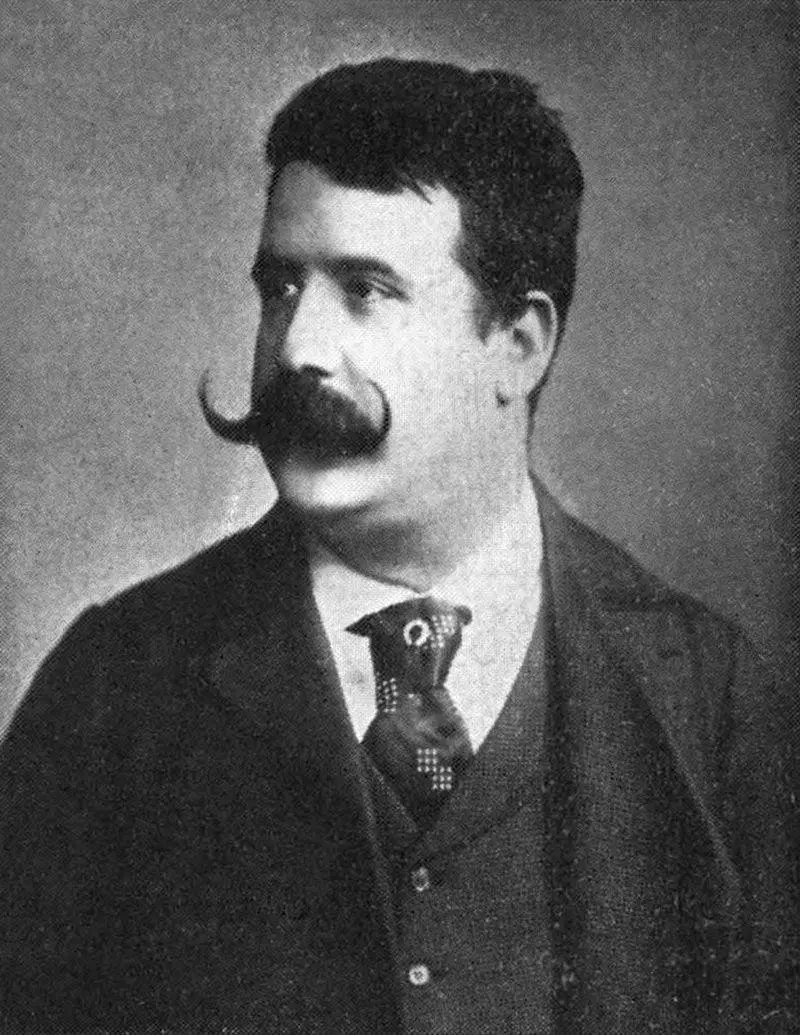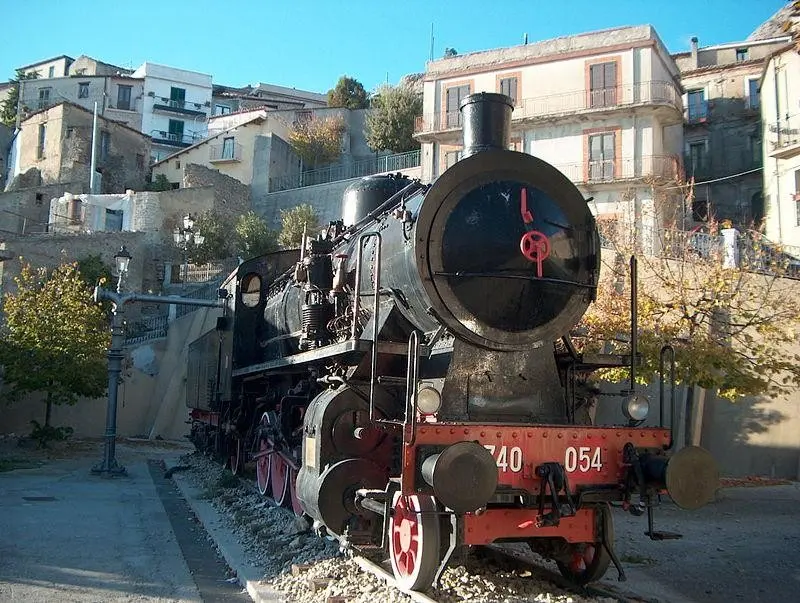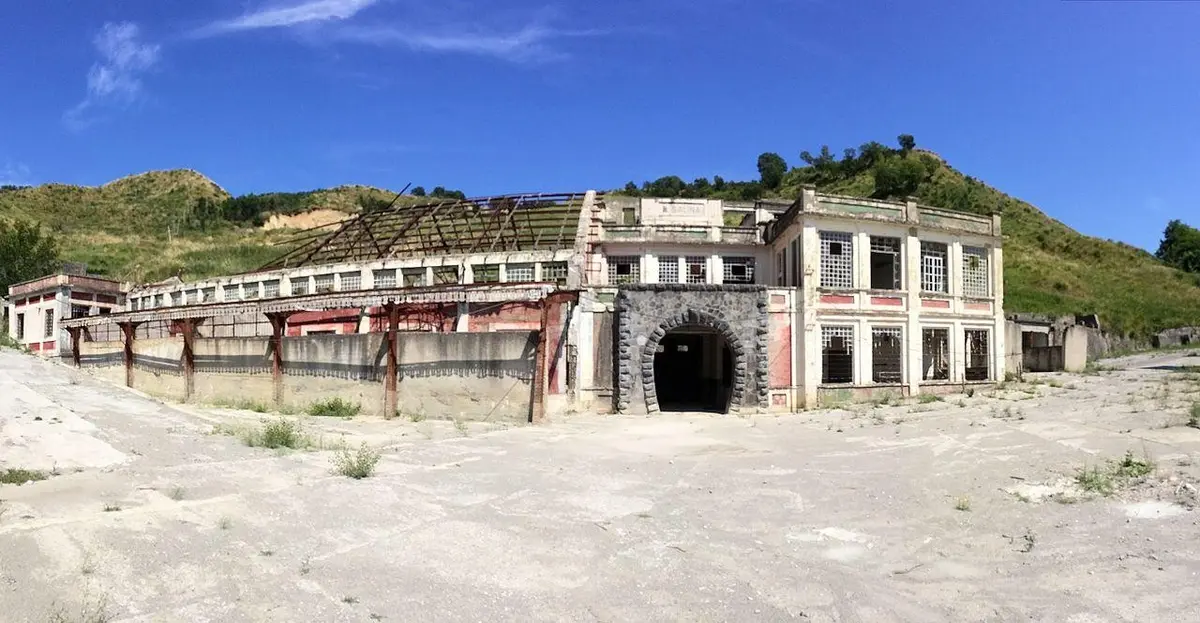Journey among Calabria's ethnic minorities
History, customs and traditions of Occitan, Italo-Albanian and Grecanic communities
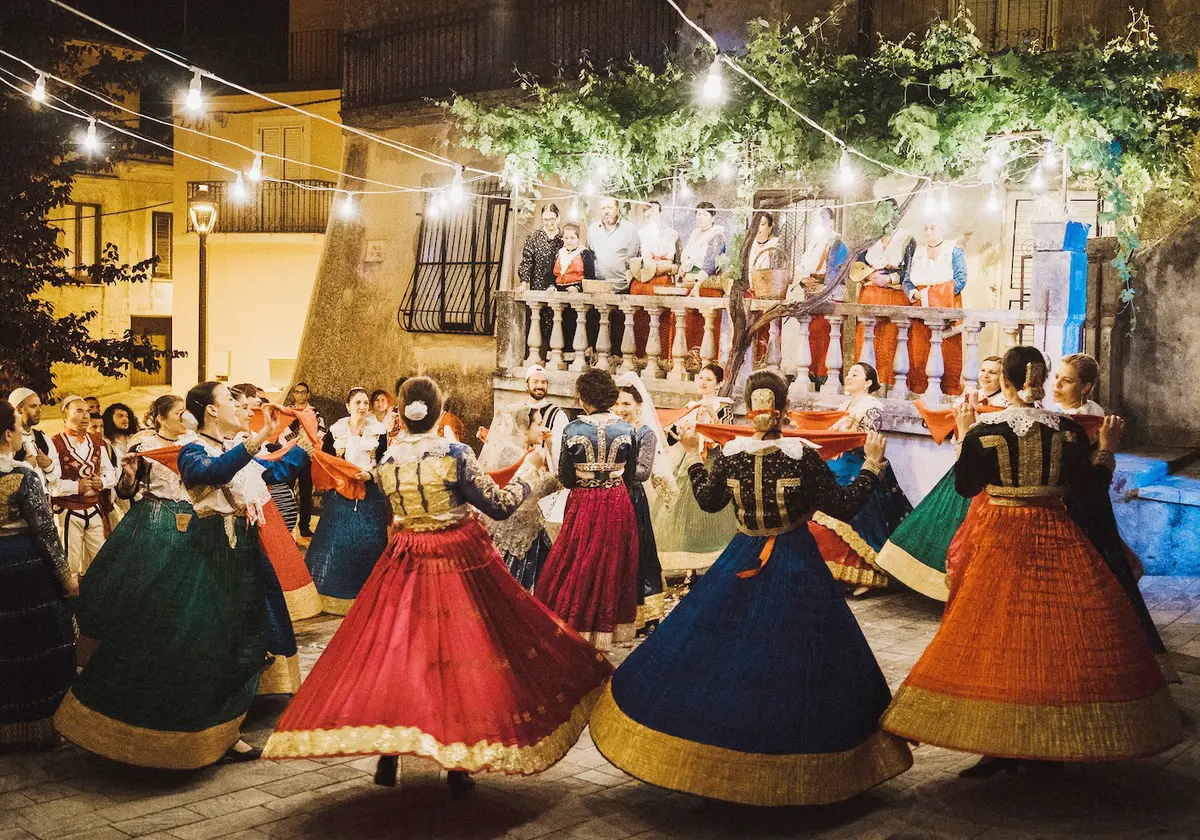
Tradition and folklore
Regione Calabria
Perhaps not everyone knows that there are three ethnic minorities in Calabria that are very important for the way in which communities preserve and hand down, from one generation to the next, their respective histories, traditions, folklore, typical customs, language, rituals and ancient recipes.
An ethno-cultural heritage of great value, cherished by UNESCO and preserved by institutions, associations and local communities, who welcome visitors with enthusiasm, ready to tell and pass on their identity stories.
From the north to the south of Calabria, we meet the Occitans of the Waldensian religion, who populate some towns in the province of Cosenza; next, spread across the provinces of Cosenza, Crotone and Catanzaro, is the conspicuous Italo-Albanian community of Calabria, or the Arbëreshë (from the ancient language spoken); finally, in the province of Reggio Calabria, the area known as Bovesìa corresponds to the territory of the Grecanico communities.
Let's discover them together, in a journey that combines folklore, history and good food.
Among the Waldensian Occitans
Did you know that the province of Cosenza is the last Occitan enclave in southern Italy? It was here that the Piedmontese ethnolinguistic minority, originating mainly in the Val d'Angrogna and Val Pragelato, found refuge.
It was the second half of the 13th century when some local feudal lords decided to offer hospitality to the Occitan communities persecuted in the Piedmontese valleys because of their Protestant (Waldensian) religion. In the 16th century, the Waldensians were also slaughtered in Calabria and their centres still bear witness to the dramatic massacre.
Today, the Waldensians preserve intact their typical costumes, woven in gold and vibrant colours; the festivities and the Protestant rite, as well as the precious Occitan language, of Romance origin, taught in primary schools as an indispensable bulwark of identity.
The first centre inhabited by the Occitans was the Borgo degli Ultramontani, near Montalto Uffugo, followed by the foundation of the centres of San Sisto, Argentine, La Rocca, Vaccarizzo, Saint-Vincent and Guardia Piemontese. The last one is still considered the small Waldensian capital of Calabria.
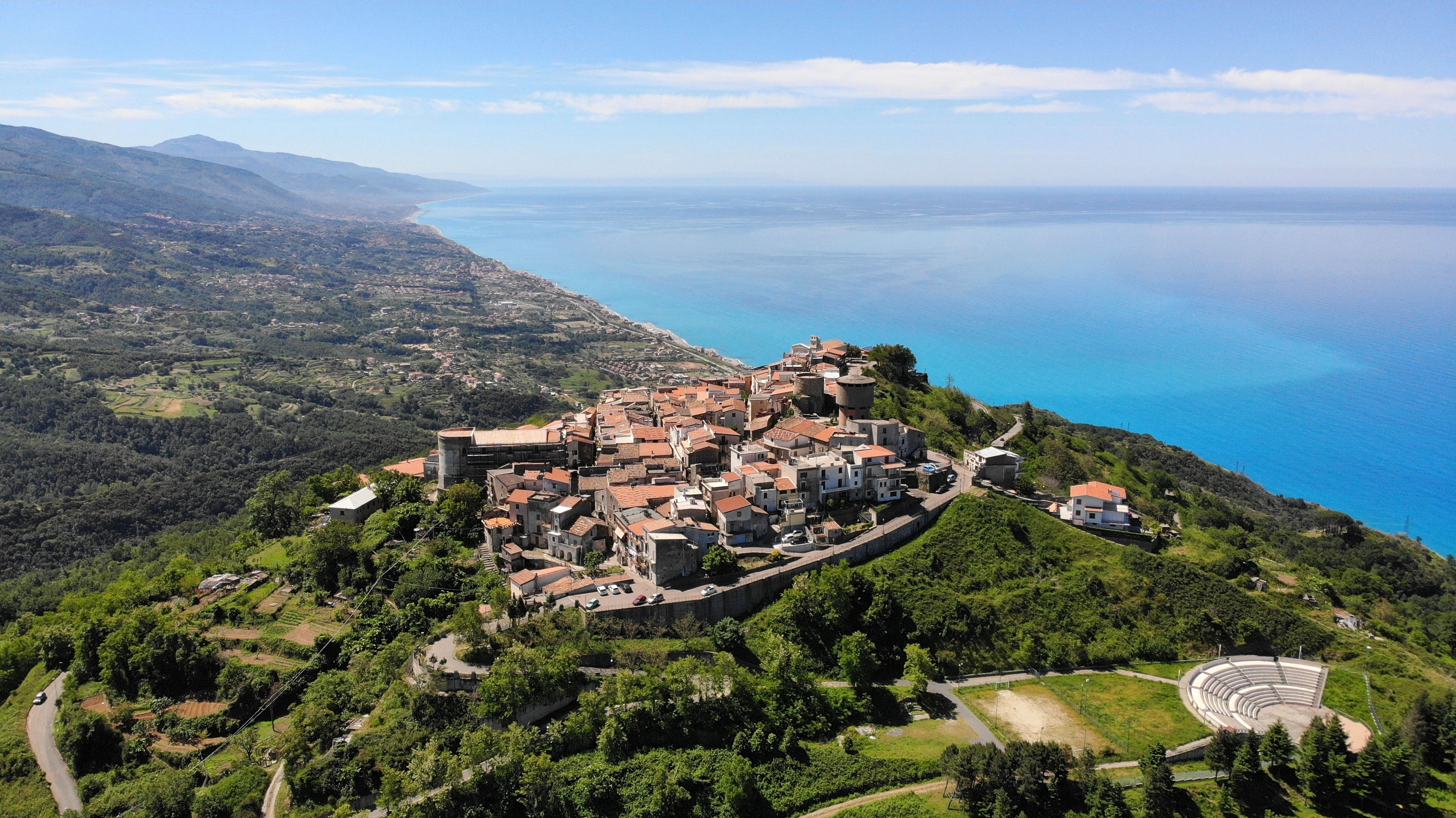
Arbëreshë customs and traditions, the Albanians of Calabria
Our journey of discovery of Calabria's ethnolinguistic minorities continues with a visit to the Arbëreshë villages.
Again, the arrival of Albanian communities in southern Italy is linked to a history of blood, as they were refugees escaping Turkish persecution between the 14th and 15th centuries, when Alfonso of Aragon gave them a series of territories to reward the Albanian leader Giorgio Castriota Scanderbeg for his help in a conspiracy.
Today, the Albanians of Calabria represent one of the largest communities in Italy, dedicated to tenaciously preserving their cultural identity through customs, language, religion and gastronomy.
What are the salient features of the Arbëreshë culture?
For example, the main characteristic of towns of Albanian origin is their unmistakable urban layout: the gjitonìa. Neighbourhoods with small houses, arranged in a semicircle, flanking a main house known as a "mansion" and all facing a common square, the pulsating centre of neighbourhood conviviality.
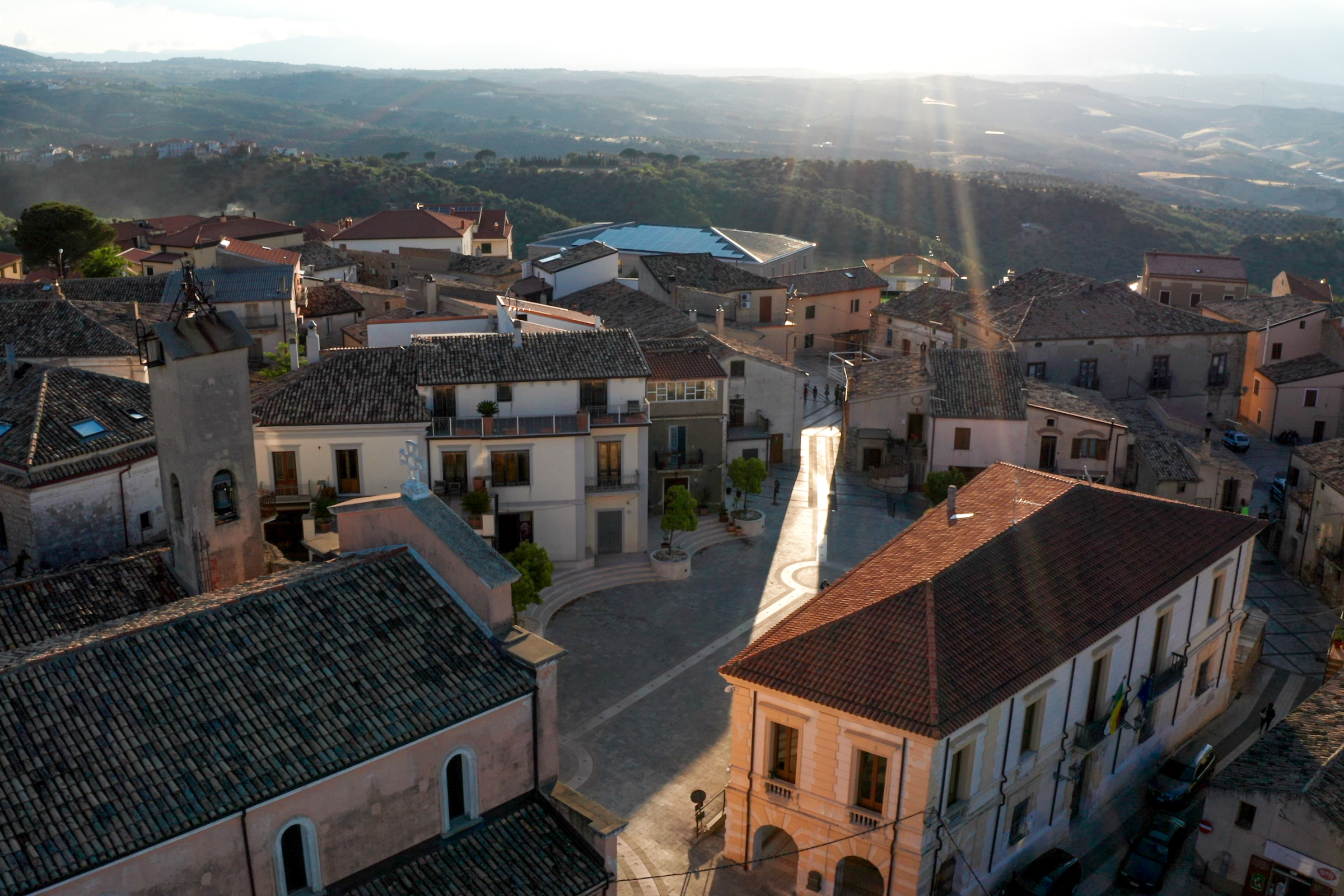
Among the Arbëreshë rituals not to be missed are the evocative religious festivals of Albanian Holy Week (Java e Madhe) and Albanian Easter (Pashkëvet), as well as Carnival (Karnivalli). These are occasions when women wear typical traditional Albanian costumes in bright colours and flashy gold, and the streets of the villages come alive to the sound of accordions accompanying traditional songs (vjershë) and typical dances (vallije).
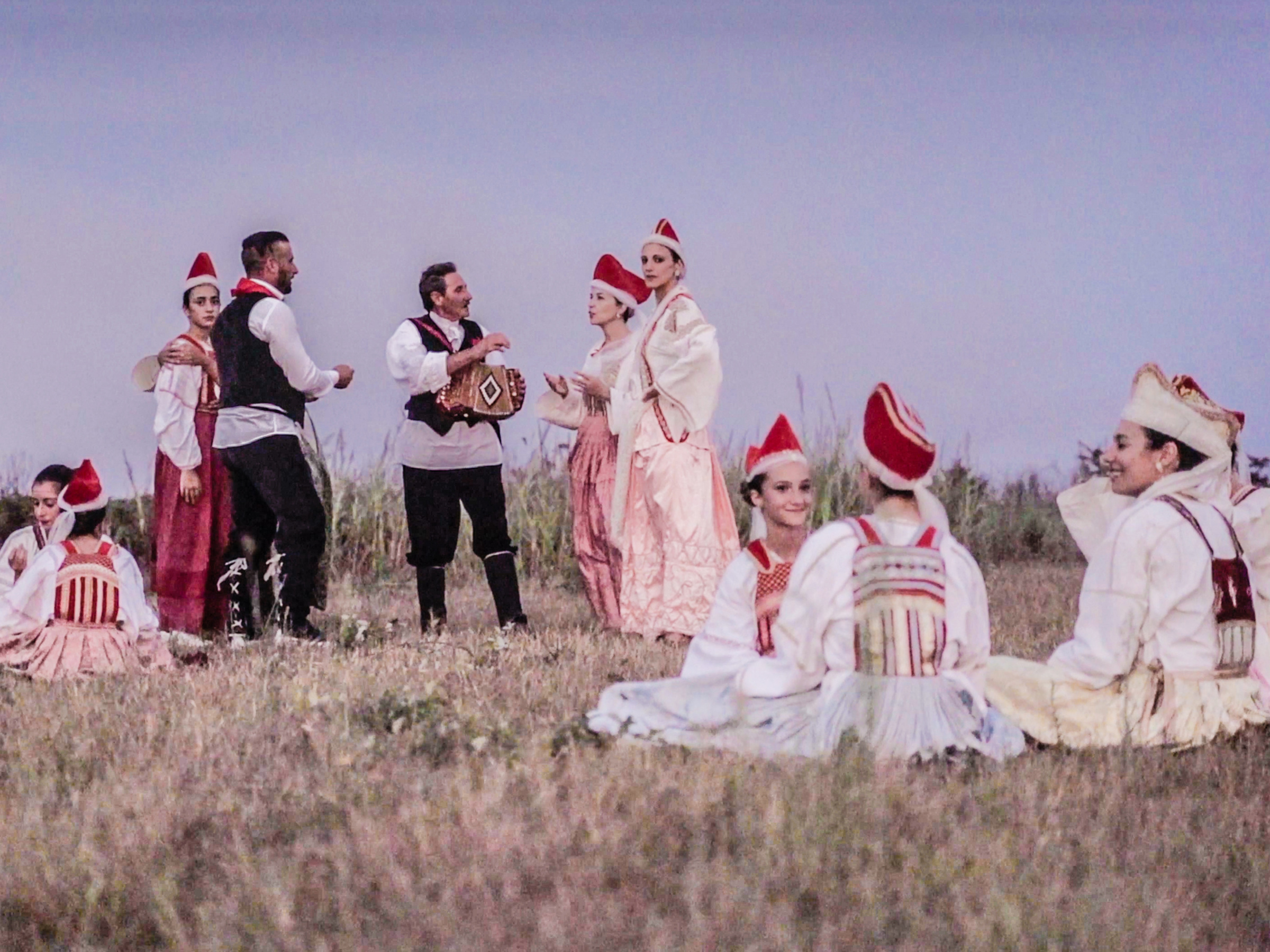
Discovering Bovesìa and Grecanic language
Our journey among Calabria's ethnolinguistic minorities ends along the Ionian coast of the province of Reggio Calabria, around the centre of Bova (Vùa), one of The Most Beautiful Villages of Italy, capital of the so-called Bovesìa, the area of Grecanic culture and language.
We are among the communities that still speak the ancient Griko of Calabria, as the "Gerhard Rohlfs" Museum of the Greco-Calabra Language testifies.
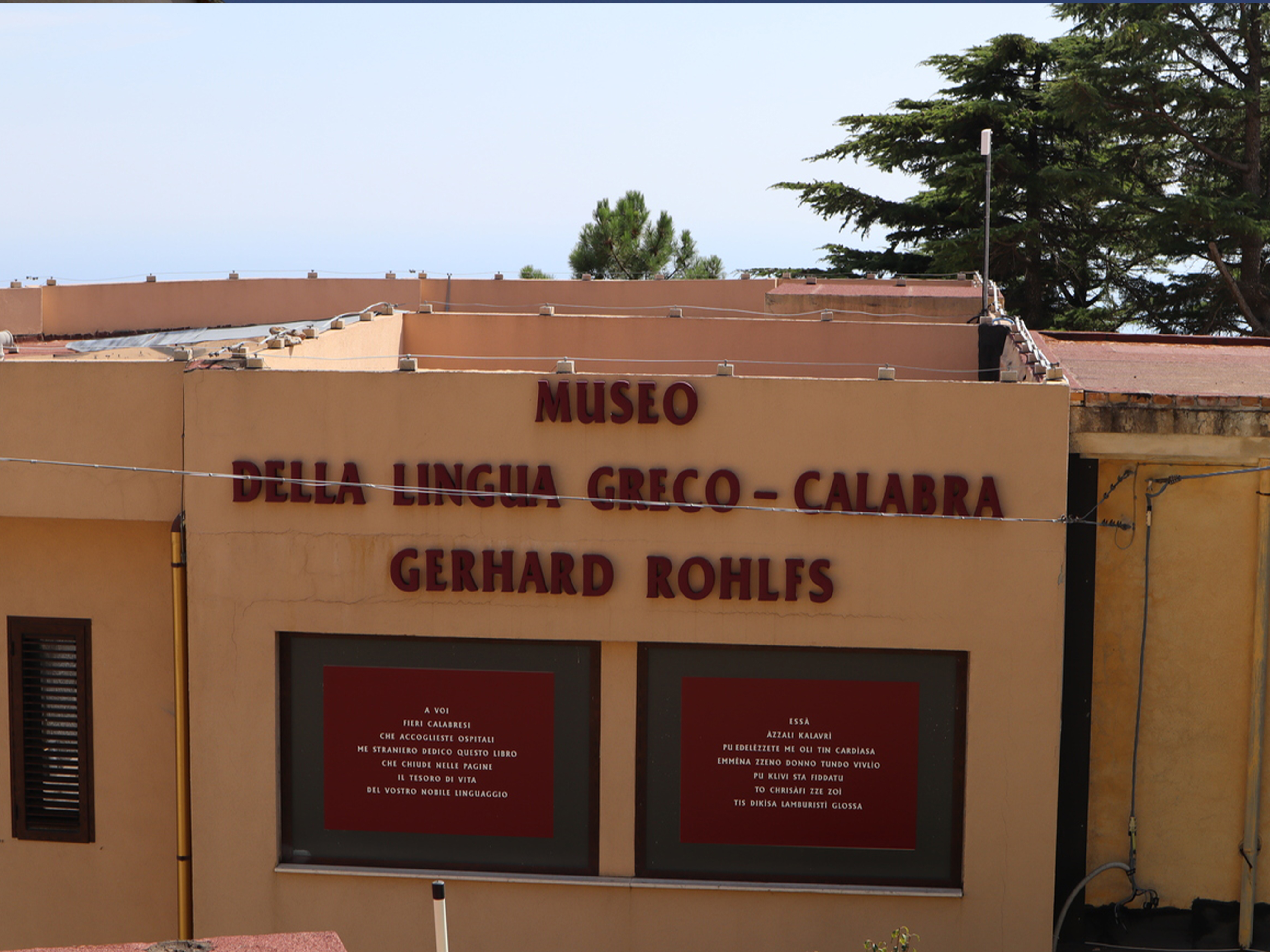
The Greeks of Calabria have given rise to several local associations engaged in the study, protection and dissemination of the Greek-Byzantine rite, the oral tradition of the Grecanico, folk music featuring the Calabrian lyre, and the preparation of typical dishes of oriental origin, such as the delicious lestopitta, the unleavened flatbread that accompanies Grecanic dishes based on meat, cheese and bergamot.
The pagan ritual not to be missed? The procession of the Persephones of Bova (Chòra tu Vùa or Pupazze), who on Palm Sunday evoke the myth of Persephone descended to the underworld and reborn in spring.
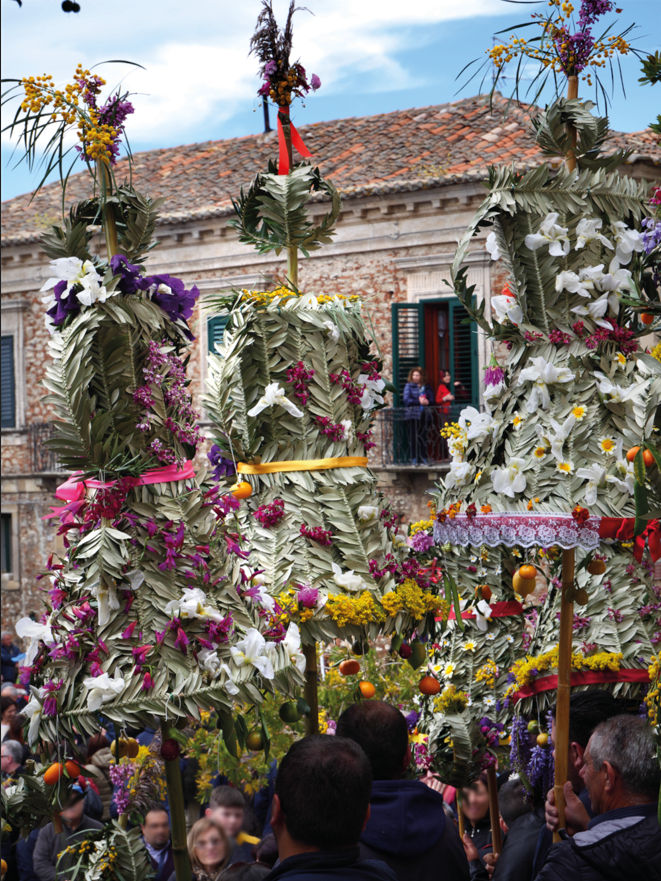
https://calabriastraordinaria.it/en/news/journey-among-calabrias-ethnic-minorities
